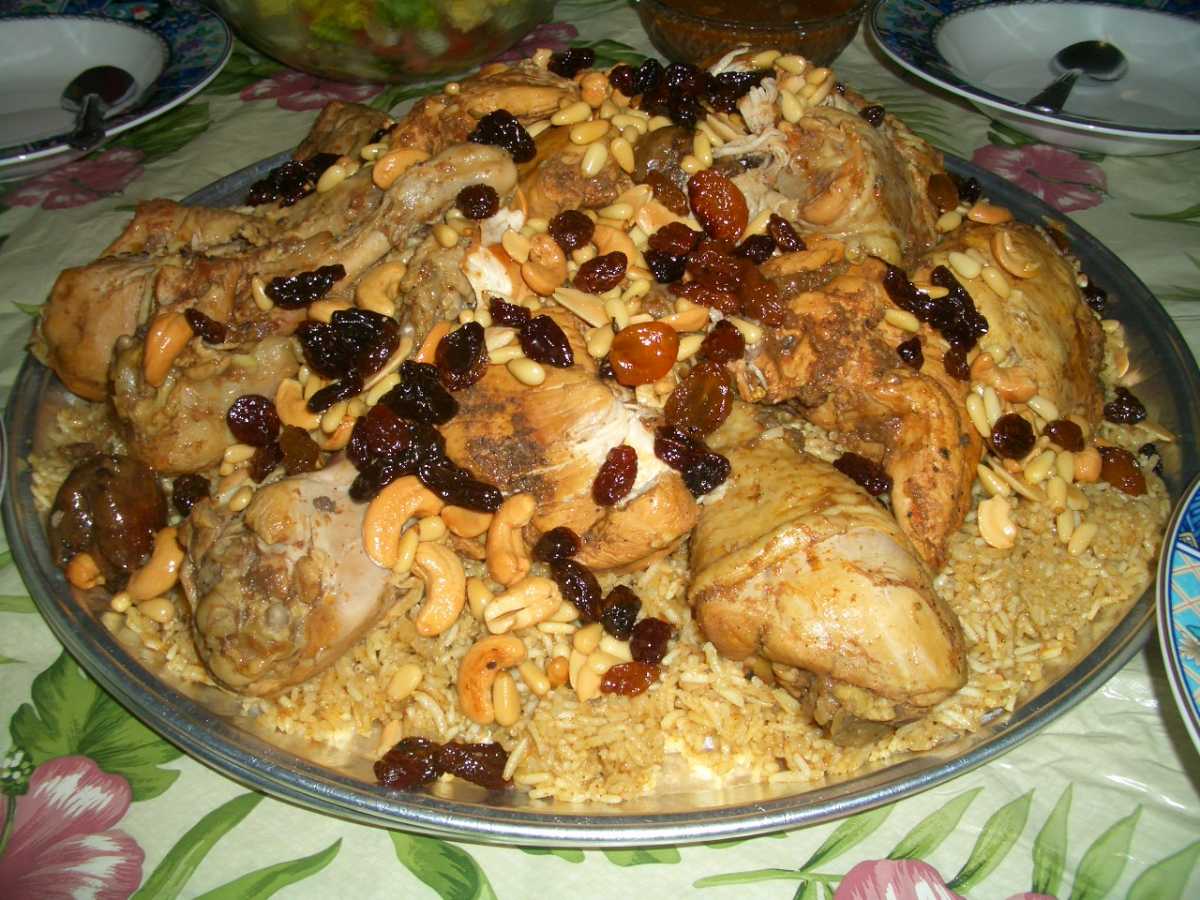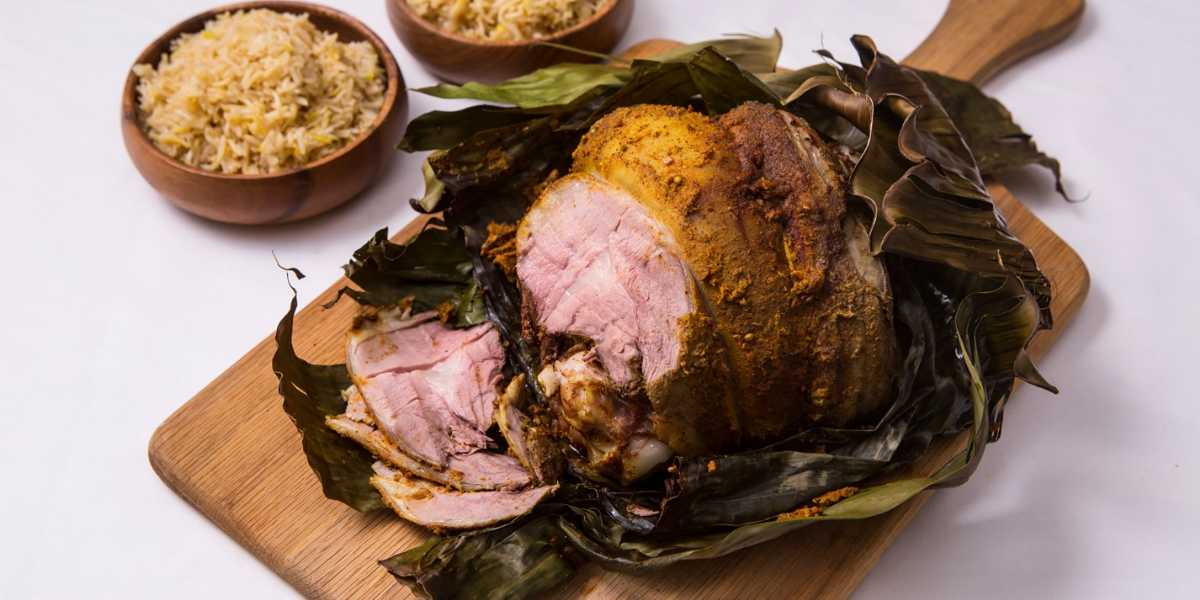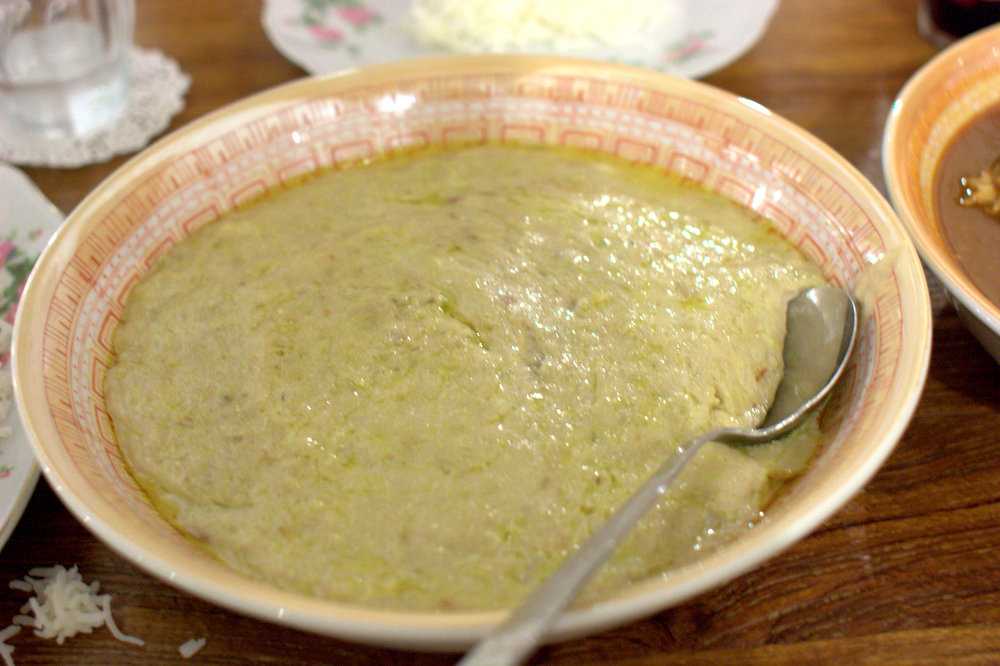Omani culture
The culture of Oman describe the cultural aspects of people living in Oman, which is steeped in the religion of Islam. Oman has its own unique subsect of Islam, known as Ibadhism, however other strands of Islam such as Sunni and Shi'a are also practised. The Islamic month of fasting, Ramadan, and other Islamic festivities are very important events in the Omani culture.
Dress
For men, the national dress is an ankle-length, collarless gown with long sleeves, called a dishdasha. Most of the time, the clothing is white, although a few other colors such as brown, lilac, and black are sometimes worn. There are many accessories men can wear, for example, the muzzar (a type of turban), the assa (a cane or stick used mainly for formal occasions), and the khanjar.[1] The khanjar is a ceremonial curved dagger worn during formal occasions, often described as "an important symbol of male elegance".
Click on the link to watch:
A Country Full Of History, Wildlife and Traditions
The national dress for Omani women includes a dress worn over trousers (sirwal) and a headdress (lihaf). Usually, the materials used are of very colorful, vibrant colors. Traditionally, Omani women would wear a kind of wooden platform shoe, but nowadays, most prefer to wear sandals. The cut of the clothing differs in various regions, as do color, embroidery, and materials. Women complete their outfit with gold jewelry and cosmetics, opting for either brand-name or traditionally-made items. When in public, most women in cities wear the abaya, a modest black dress or cloak worn over the clothes, and the hijab, the typical Muslim hair covering.
Dhow
With a culture mainly oriented to the sea, an important symbol in Oman is the dhow. These sailing ships have been used for centuries along the Arabian Peninsula, India, and East Africa for the purpose of trade. In fact, the earliest reported use of an Omani dhow was in the 8th century, arriving in China. In modern-day use, the dhows operate for the purpose of trade, tourism, and fishing, and they can be seen all along Oman's coastline.
With influences from Indian, Persian, North African and Mediterranean cuisines, Omani food is a delicious fusion of spices, marinades and herbs. Chicken, lamb and rice are staples here, seasoned with ingredients like saffron, ginger and nutmeg, giving it flavour like no other! Due to its long coastline bordering the Arabian Sea, all kinds of seafood are consumed and the shark is a delicacy!
Food of Oman differs from other food in the Arabian Peninsula, as it is less spicy and seldom served warm. Here is a list of the most delicious and traditional Omani food:

1. Majboos
Also named Kabsa, this dish is rice mixed with saffron cooked with spicy red or white meat. Majboos translates to 'be engaged' in Oman and is almost always served at special occasions like weddings and engagements.
2. Shuwa
Shuwa is a celebratory Omani dish that is only prepared on special occasions like Eid. During the festival, many families in Oman begin cooking their Shuwa on the first day and consume the dish on the second day.3 . Halwa
Halwa is a sticky, sweet gelatinous Omani food, made from brown sugar, honey, eggs and various spices. It has a lot of flavours, such as rose water, nuts, chocolate, etc. Some halwas are also made from the Omani dates. It takes quite a while to make as it is slowly boiled over a wood fire. Halwas can last over four months without losing any of its quality! It is often accompanied with Kahwa as another sign of hospitality.

4. Harees
Harees is a traditional Omani food dating back to Armenian ages and documented in manuscripts inscribed in the tenth century. It is what we call a simple food covered behind a facade for behind the simplicity of its appearance; tastes reside which will give a new dimension of understanding to your taste buds. It is effortless to prepare and much tastier too given the simple ingredients needed to prepare it. Harees is a favourite dish across the Middle East especially during the Holy month of Ramadan. It’s preparation and choice of ingredients differ from each Arabian country. Harees is a combination of boiled, cracked or coarsely-ground wheat soaked in water combined with meat clarified butter and sheep tail fat which is left overnight. It looks more like porridge when served on the plate. It is seasoned with Arabian spices and when served cinnamon and sugar is inducted to give a refined taste and fragrance.As you can see, Omani food has a little something for everyone! Halwas to satisfy your sweet tooth and savoury dishes like the mishkak for all the spice lovers. Indulge on all 10 for a delicious and scrumptious holiday!


Comments
Post a Comment